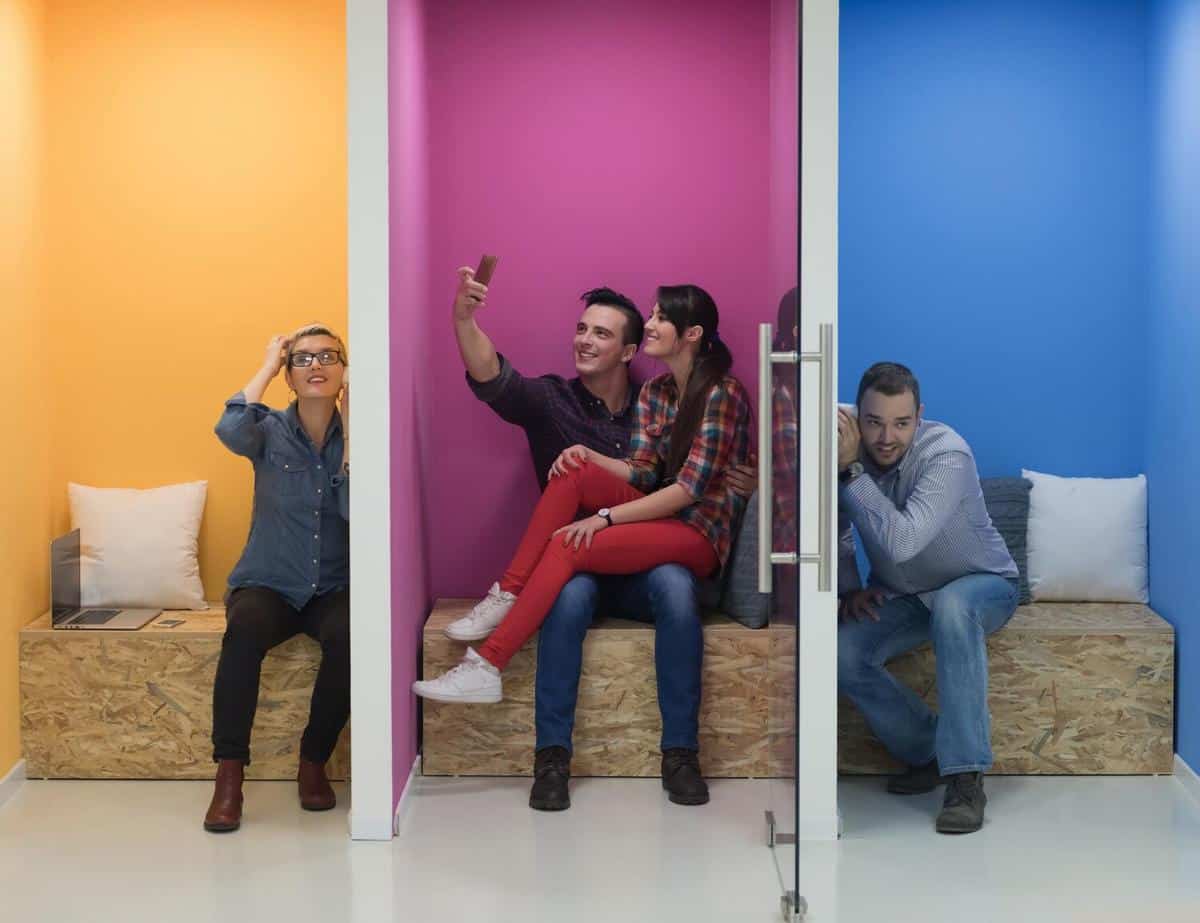
Color Psychology in Home Decor: Choosing the Right Palette
The colors we surround ourselves with can have a profound impact on our mood and emotions, especially within the sanctuary of our homes. By understanding color psychology, you can transform your living space into a harmonious haven that reflects your personality and enhances your well-being.
Understanding Color Psychology
Color psychology explores how different hues can influence our feelings and behaviors. For instance, blue is often associated with calmness and tranquility, making it a popular choice for bedrooms and bathrooms. On the other hand, yellow is energizing and can stimulate conversation, ideal for kitchens and dining areas.
Expert Insights
According to renowned interior designer Maria Killam, ‘Color is one of the most powerful tools for transforming a space.’ She emphasizes that choosing the right palette can dramatically alter the ambiance of a room, making it more inviting and personal.
Statistics and Research
A study published in the Journal of Environmental Psychology found that color can significantly affect mood and perception. Participants who viewed rooms painted in warm colors like red and orange reported feeling more energetic, while those in cooler-toned rooms felt more relaxed.
Choosing Your Palette
When selecting colors for your home, consider how each room is used and the mood you want to create. Here’s a simple table to guide your choices:
| Room | Color Suggestion | Mood |
|---|---|---|
| Living Room | Soft Green | Relaxation |
| Kitchen | Sunny Yellow | Energy |
| Bedroom | Muted Blue | Calm |
| Bathroom | Aqua | Refreshing |
| Office | Warm Gray | Focus |
| Dining Room | Rich Red | Appetite |
| Hallway | Light Beige | Welcoming |
| Nursery | Pastel Pink | Soothing |
Personal Stories
Consider the experience of Emma, who found that repainting her home office in a warm gray not only enhanced her focus but also made the space feel more professional and inspiring.
FAQs about Color Psychology in Home Decor
What colors make a room feel bigger?
Light colors like whites, creams, and pale blues can make a room feel more spacious and open.
Are dark colors a bad choice for small spaces?
Not necessarily. Dark colors can add depth and coziness to a small space but should be balanced with lighter accents.
Can color influence productivity?
Yes, colors like green and blue have been shown to enhance focus and efficiency, making them suitable for workspaces.
Conclusion
Choosing the right color palette for your home is an art and science that can significantly impact your daily life. By considering the psychological effects of color, you can create an environment that not only looks beautiful but also feels just right. Don’t be afraid to experiment and let your personality shine through the hues you choose. For more tips on interior design trends, explore additional resources that delve deeper into the fascinating world of color psychology.